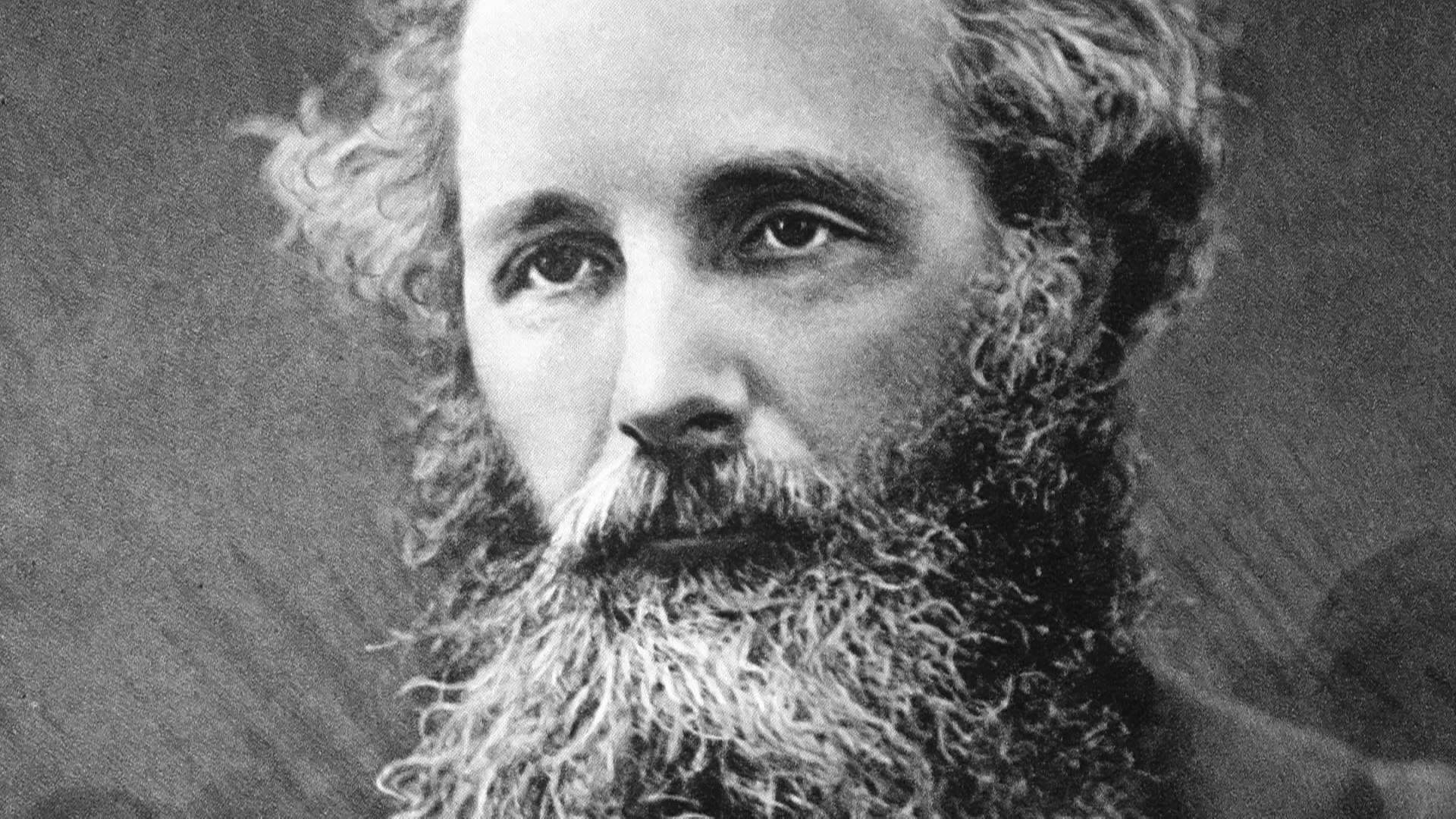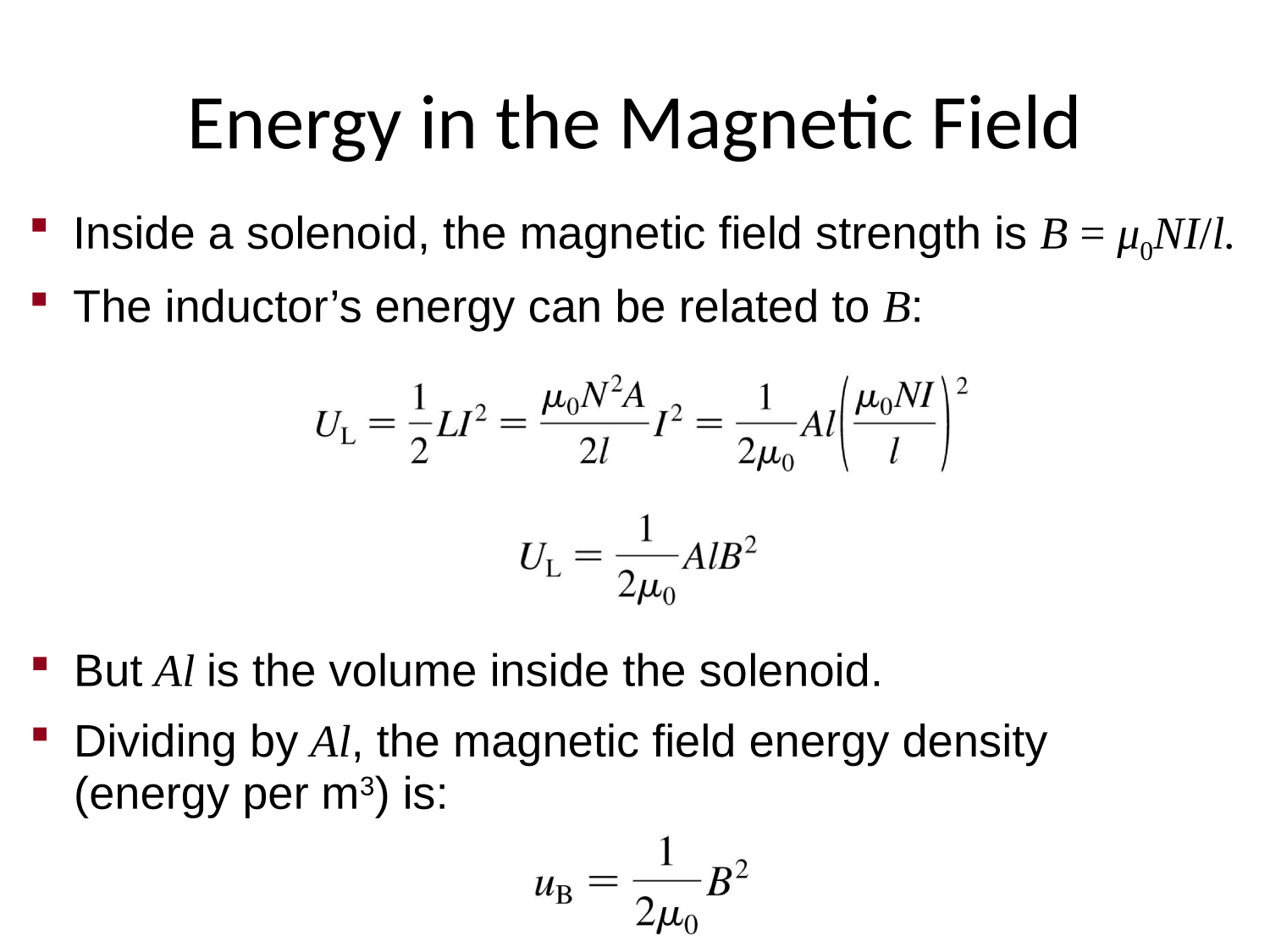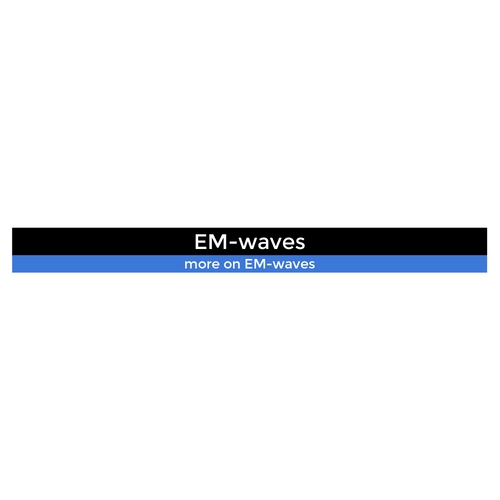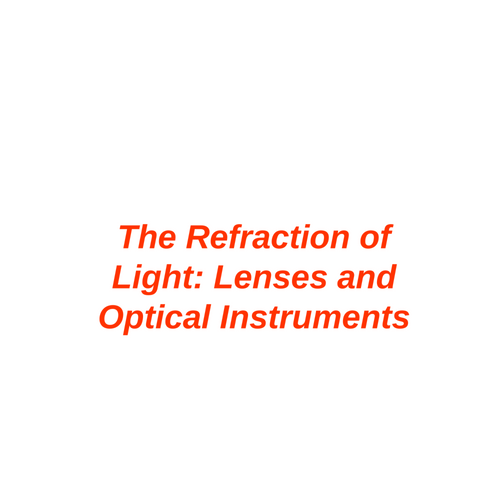Electromagnetic Waves
Traveling disturbances in the Electric and Magnetic Fields

Maxwell's Equations
Electromagnetic Waves
Oscillations in the Electric & Magnetic Fields
Electromagnetic Waves
Maxwell's Equations
Introduction

James Clerk Maxwell, a 19th-century physicist, developed a theory that explained the relationship between electricity and magnetism
Electromagnetic Waves
Maxwell's Equations
Gauss' Law
Positive charges are "sources" of Electric Fields
Negative Charges are "sinks" of Electric Fields
Electric flux through a closed surface is proportional to the enclosed charge
The divergence of the field around any point is related to the charge density at that point.
Electric Charges create Electric Fields.
Electromagnetic Waves
Maxwell's Equations
No Magnetic Monopoles
There exists no magnetic monopoles in nature
Magnetic flux through a closed surface is zero
The divergence of the magnetic field around any point is zero.
Electromagnetic Waves
Maxwell's Equations
Faraday's Law
Faraday's Law
but
Varying magnetic fields generate electric fields
The rate of change of the magnetic field is equivalent to the curl of the electric field.
A changing magnetic flux induces electric fields
Electromagnetic Waves
Maxwell's Equations
Ampere's Law
Ampere's Law
Ampere's Law - modified
Magnetic Fields are generated by moving Charges or varying Electric Fields
Electromagnetic Waves
Maxwell's Equations
Putting it together
Moving Charges and/or varying Electric Fields generate Magnetic Fields.
Varying Magnetic Fields generate Electric Fields.
Magnetic monopoles do not exist.
Electric Charges create Electric Fields.
Electromagnetic Waves
Maxwell's Equations
Putting it together
Watch this video if you're interested in learning more about divergence and curl.
Electromagnetic Waves
Maxwell's Equations
The Lorentz force
Once the fields are found, we can calculate the force on a charged particles using the Lorentz force expression:
Speed of electromagnetic waves
Electromagnetic Waves
Traveling disturbance in the Electric and Magnetic Fields
Electromagnetic Waves
Maxwell's Equations
Putting it together
Two straight conductors connected to the terminals of an AC generator

generate electric fields that vary harmonically
Electromagnetic Waves
Maxwell's Equations
Putting it together
A current flowing through a conductor

generates a magnetic field that is proportional to the current.
Electromagnetic Waves
Maxwell's Equations
Putting it together

A current flowing through a conductor
creates simultaneous electric and magnetic fields that are perpendicular to each other.
Electromagnetic Waves
Maxwell's Equations
Putting it together
A time-varying magnetic field induces an electric field
A time-varying electric field induces a magnetic field
Electromagnetic Waves
Maxwell's Equations
Putting it together
A disturbance in the electromagnetic fields propagates away from the location it is created: Electromagnetic Wave

Electromagnetic Waves
Maxwell's Equations
Putting it together
In general, the speed of any wave depends on the properties of the medium.
From Maxwell's equations, a disturbance in the electromagnetic fields travels at a speed given by:
In vacuum:

Electromagnetic Waves
Maxwell's Equations
Putting it together
"This velocity is so nearly that of light, that it seems we have strong reasons to conclude that light itself (including radiant heat, and other radiations if any) is an electromagnetic disturbance in the form of waves propagated through the electromagnetic field according to electromagnetic laws."

James Clerk Maxwell, 1865
Wave properties
Electromagnetic Waves
Traveling disturbance in the Electric and Magnetic Fields
What is a wave?
Classically, a wave is defined as a traveling disturbance that carries energy.
E.g. a wave on a string is a disturbance in the vertical position of the beads travelling along the string (via tension) carrying mechanical energy.
For a traveling harmonic wave
At a specific instant in time, describe the disturbance as a function of position:
where is the wavelength (distance from peak to peak in a snapshot)
At a specific location, describe the disturbance as a function of time:
where is the period (time of one cycle, at a specific location.)


Electromagnetic waves
Wave motion
What is a wave?
Electromagnetic waves
Wave motion

The wave equation
For a traveling harmonic wave
The Classical Wave Equation!
where:
: wave number
: angular frequency
: amplitude
: phase constant
Q: find the relationship between
and
Electromagnetic waves
Wave motion
Wave properties
For a traveling harmonic wave
The speed of the wave:
The speed of the wave:
For an electromagnetic wave in vacuum
The amplitudes of the wave:
Electromagnetic waves
Wave motion
Electromagnetic waves
Wave motion
The electromagnetic spectrum

Energy in EM waves
Electromagnetic Waves
Traveling disturbance in the Electric and Magnetic Fields
The energy stored in the electric field in the volume between the plates of a parallel plate capacitor is given by
EM-waves
Energy & Intensity
How much energy does an EM wave carry?
The energy density stored in the electric field:
EM-waves
Energy & Intensity
How much energy does an EM wave carry?



The energy density stored in the magnetic field:
EM-waves
Energy & Intensity
How much energy does an EM wave carry?

EM-waves
Energy & Intensity
How much energy does an EM wave carry?
For an electromagnetic wave, for a sample volume, which field carries more share of the energy (E or B) ?
EM-waves
Energy & Intensity
How much energy does an EM wave carry?
The energy carried by the wave per unit area per unit time is called the energy flux S:
EM-waves
Energy & Intensity
How much energy does an EM wave carry?
Taking the direction of propagation into account, we get the Poynting vector:
For an electromagnetic wave given by:
EM-waves
Energy & Intensity
How much energy does an EM wave carry?
We define the intensity as the average flux density over one cycle
EM-waves
Energy & Intensity
How much energy does an EM wave carry?
A plane electromagnetic wave travels northward. At one instant, its electric field has a magnitude of 6.0 V/m and points eastward. What are the magnitude and direction of the magnetic field at this instant?

EM-waves
Energy & Intensity
How much energy does an EM wave carry?
The beam from a small laboratory laser has a radius of 2.0mm and a power of 15.0 mW. Assuming that the beam is composed of plane waves, calculate the amplitudes of the electric and magnetic fields in the beam.

EM-waves
Energy & Intensity
How much energy does an EM wave carry?
A light bulb emits 5.00 W of power as visible light. What are the electric and magnetic fields from the light at a distance of 3.0 m?

EM-waves
Energy & Intensity
How much energy does an EM wave carry?
A 150-W lightbulb emits 5% of its energy as electromagnetic radiation. What is the magnitude of the average Poynting vector 10 m from the bulb?

Electromagnetic waves
Energy in EM waves
The energy density
Electromagnetic Waves
By drmoussaphysics
Electromagnetic Waves
- 214



